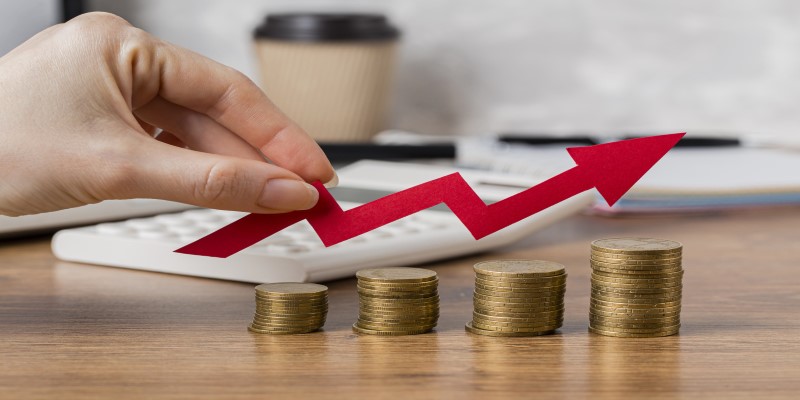Paying taxes is one of the most important things when it comes to living in a country. As a citizen, it is the sole duty of the people that they pay their taxes correctly and know how much tax they are supposed to pay. The problem comes when people need to calculate and know how much tax they have to pay. For many individuals, calculating taxes can be very hard, and they might not know how to do it.
If you are also someone who is struggling with their taxes and doesn’t know how to calculate it, the different types, and the implementations, then worry not. This article is a complete guide that will help you understand everything about it and how you can find the taxes that you have to pay this year. So, let’s jump right into the article.
What is Capital Gain Tax?

Before learning how to calculate the capital gain tax, you should have a brief idea of what it is and why you need to pay it. The capital gain tax is for the profits that someone will get from the sales or the exchange. Capital gain tax is also known as capital gains. This is also the capital asset if you have any property that you own, such as investment property or property that is used for personal use.
When the vendor is getting some profit from the things that they are getting from selling the real estate, according to the Finance Act of 2017, it is said that the CGT is accessed when the property gets sold within three years of the original purchases.
When it comes to the tax rates, they vary according to the type of property and also when the property is sold. If the property is sold during the first year, then the property tax will be 10%; during the second year, the property tax will become 7.5%, and in the third year, you will have to pay a 5% capital tax. According to the table that the FBR provides, you will see that the gains will be determined according to the fair market value.
Hence, this means that whenever you will be selling your investment, you will have to pay the capital gain taxes according to the market value that is going on during that time.
How to Calculate the Capital Gain Taxes?

Now that you know what actually the capital gain taxes you should also know how to calculate the capital gain taxes. Following are the different methods through which you can calculate the capital gain taxes. There are three different types of taxes through which you can easily calculate the capital gain taxes.
Using the New FBR Values:
The first method for the calculation of the new FBR values is when you are buying and selling real estate. You need to show the actual price and also deposit the capital gains that you will get because of the profits you have made after selling the properties.
Using Old DC Rates and New FBR Value:
The second method is by using the old DC rates and the new FBR values together. The formula for this is
DC rate at the time of purchase – FBR value at the time of sale = Total Profit that is gained (5% CGT on profit)
Using New FBR Value:
Another type of formula that you can use when you want to calculate the capital gain taxes is by using just the new FBR value. Following is the formula that you should be using when it comes to this method.
FBR value at the time when you are purchasing the property – FBR value at the time when you sell the property = Total Profit (CGT that is equal to the first, second, and third year of profit according to the 10%, 7.5%, and 5% respectively)
Now that you know the three different types of formulas that you can use for calculation purposes, you should also know the steps that you have to follow when calculating the capital gain taxes.
- The first thing is that you have to determine the basis of the calculation. This means that you need to know the price plus the commissions or the fees that you are paying. This might also change or increase according to the reinvested dividends on the stocks and the shares that you have purchased.
- You also need to know the real amount. This means the sale price minus the commissions or the fees that you have paid.
- The third step is to subtract your basis, which is what you have paid for the property, and then the realized amount, which is the amount you have sold the property for. This will determine the difference, and you will know if you have made a profit or loss. If you have sold the property for more than the amount you have purchased it for, then you have made a capital gain. Furthermore, if you are selling the property for less than what you have purchased it for, then you will be getting a capital loss.
- Once you are done with the calculation, you need to check the tax rate, and you will know how much tax you are supposed to pay.
Final Words:
Capital gain taxes are an essential thing, and every person who is selling their assets and gaining profit on the properties needs to pay this tax. However, understanding how the capital gain tax works is not accessible. Therefore, we hope this article was beneficial for you in learning about capital gain, how it works, and the different methods through which you can calculate this and pay your taxes on a yearly basis.



